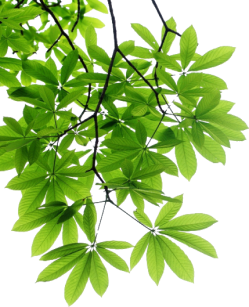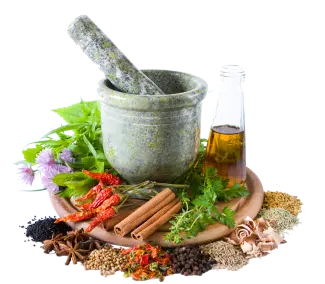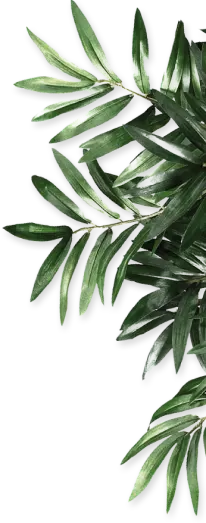Introduction
Joint pain, often referred to as "Sandhivata" in Ayurveda, is a common ailment that affects individuals of all ages. Ayurveda, an ancient system of medicine, offers a holistic approach to understanding and treating joint pain. In this article, we will explore the causes and symptoms of joint pain from an Ayurvedic perspective and discuss traditional Ayurvedic treatments for this condition.
Causes
Vata Imbalance:
Ayurveda considers an aggravated Vata dosha as a primary cause of joint pain. Factors like irregular diet, excessive physical or mental stress, and aging can lead to Vata imbalance, resulting in dryness, stiffness, and pain in the joints.
Ama Accumulation:
The accumulation of ama in the joints due to improper digestion and metabolism is another significant cause of joint pain in Ayurveda. Ama is seen as a sticky, toxic substance that hampers joint function.
Dietary Factors:
Consumption of foods that aggravate the Vata dosha, such as cold, dry, and processed foods, can contribute to joint pain.
Injury or Trauma:
Physical injuries and trauma can also lead to joint pain by disrupting the flow of vital energy (prana) and aggravating the doshas.
Symptoms
Pain:
Joint pain can range from mild discomfort to severe, debilitating pain. It is often aggravated by movement and exacerbated during cold weather.
Stiffness:
Affected joints may feel stiff, making it difficult to perform everyday activities.
Swelling:
Inflammation and swelling in and around the joints are common, especially in Vata-aggravated joint pain.
Cracking Sounds:
Some individuals may experience cracking or popping sounds in the joints during movement.
Reduced Range of Motion:
Joint pain can restrict the normal range of motion in the affected joint.
Ayurvedic Treatment
Dietary Modifications:
A diet that pacifies Vata dosha and supports digestion is recommended. This includes warm, nourishing foods and herbal teas.
Herbal Remedies:
AyurvedGuru herbs like Ashwagandha, Guggul, Shallaki (Boswellia), and Turmeric are known for their anti-inflammatory and analgesic properties and can be used in various formulations to alleviate joint pain.
Abhyanga (Oil Massage):
Regular oil massages with warming oils like sesame or Mahanarayan oil can help improve circulation and reduce joint stiffness.
Panchakarma:
Panchakarma therapies, such as Basti (enema) and Virechana (purification therapy), are used to remove ama and balance the doshas.
Yoga and Lifestyle:
Gentle yoga poses and daily stretching exercises can improve joint flexibility and strength. Avoiding cold and damp environments is also advised.
Meditation and Stress Management:
Reducing mental stress and practicing relaxation techniques can help balance Vata dosha.
Conclusion
AyurvedGuru offers a holistic and personalized approach to the management of joint pain, addressing both the physical and energetic aspects of this condition. It emphasizes the importance of balancing the doshas, eliminating toxins, and promoting overall well-being. If you experience chronic joint pain, it is advisable to consult with a qualified Ayurvedic practitioner who can provide a tailored treatment plan based on your unique constitution and the underlying causes of your joint pain.



.webp)




